China’s vast landscapes offer far more than just its famous wall. Beyond the tourist-packed sections of the Great Wall lie countless hiking trails that wind through breathtaking terrain, ancient villages, and sacred mountains.
These paths showcase China’s natural diversity, from lush forests to dramatic karst formations, without the crowds that plague more famous destinations. Here is a list of 20 exceptional hiking trails in China that deserve more recognition but remain mostly under the radar for international travelers.
Tiger Leaping Gorge
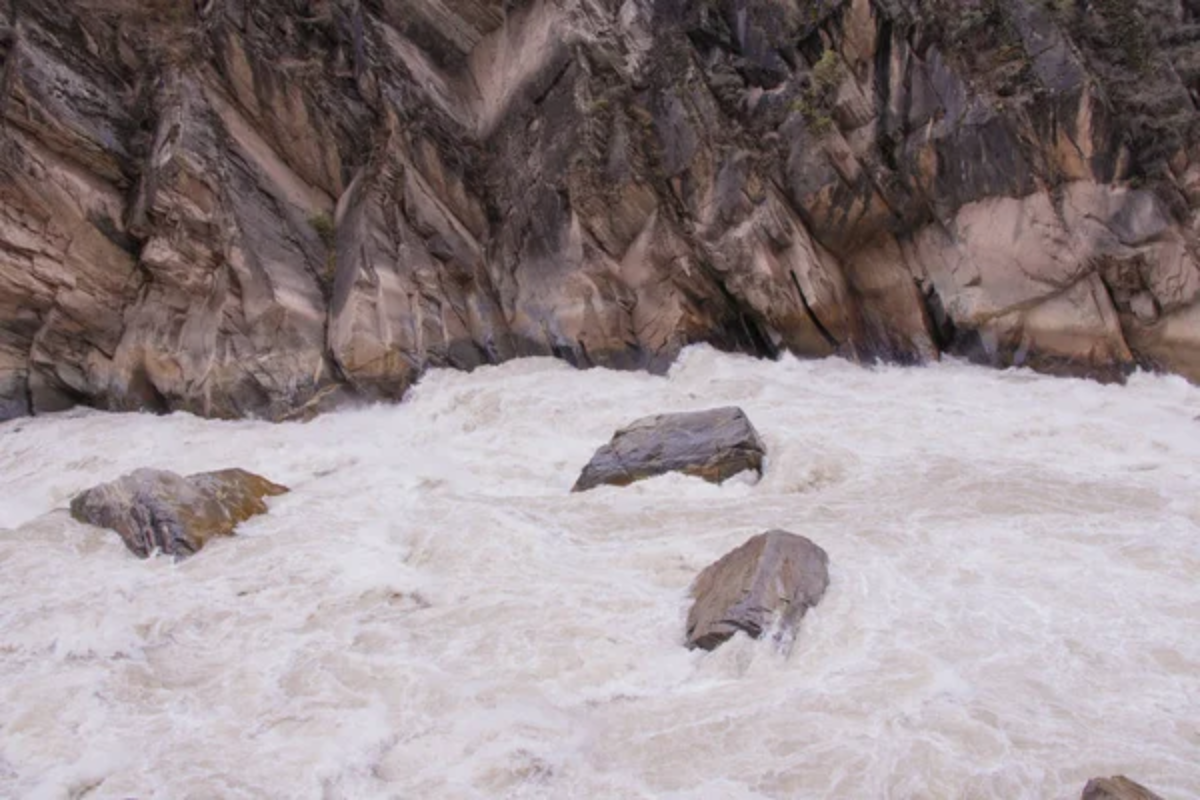
One of the deepest gorges in the world, Tiger Leaping Gorge offers a stunning 16-mile trek between Jade Dragon Snow Mountain and Haba Snow Mountain. The trail weaves along cliffs with the roaring Jinsha River (upper Yangtze) below, providing hikers with spectacular views at every turn.
Local guesthouses along the route offer authentic Naxi hospitality, making this multi-day adventure both comfortable and culturally rich.
Mount Gongga
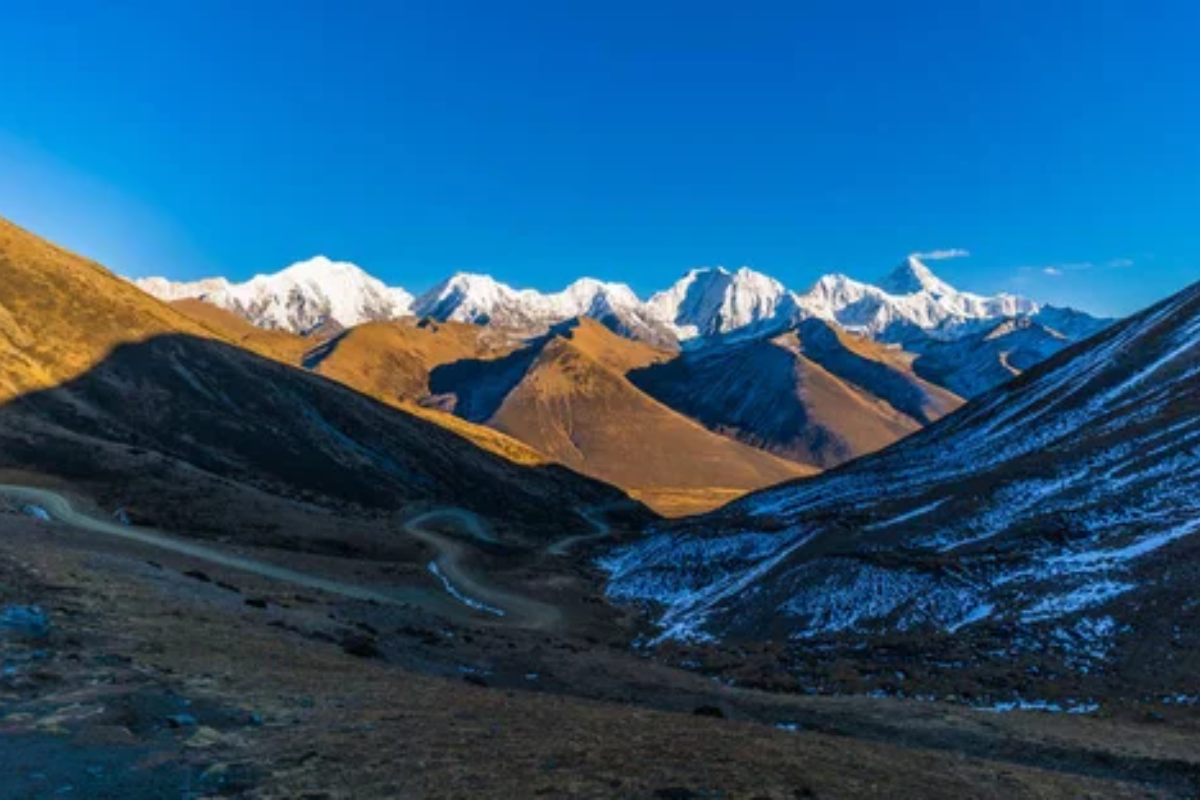
Standing at 24,790 feet, Mount Gongga is the highest peak in Sichuan Province and offers challenging hikes through diverse ecosystems. The trails pass through ancient forests, alpine meadows filled with wildflowers, and glacial valleys rarely seen by foreign visitors.
The mountain is considered sacred to local Tibetan communities, adding a spiritual dimension to the physical journey through this remarkable landscape.
Like Travel Pug’s content? Follow us on MSN.
Wuyishan Mountains
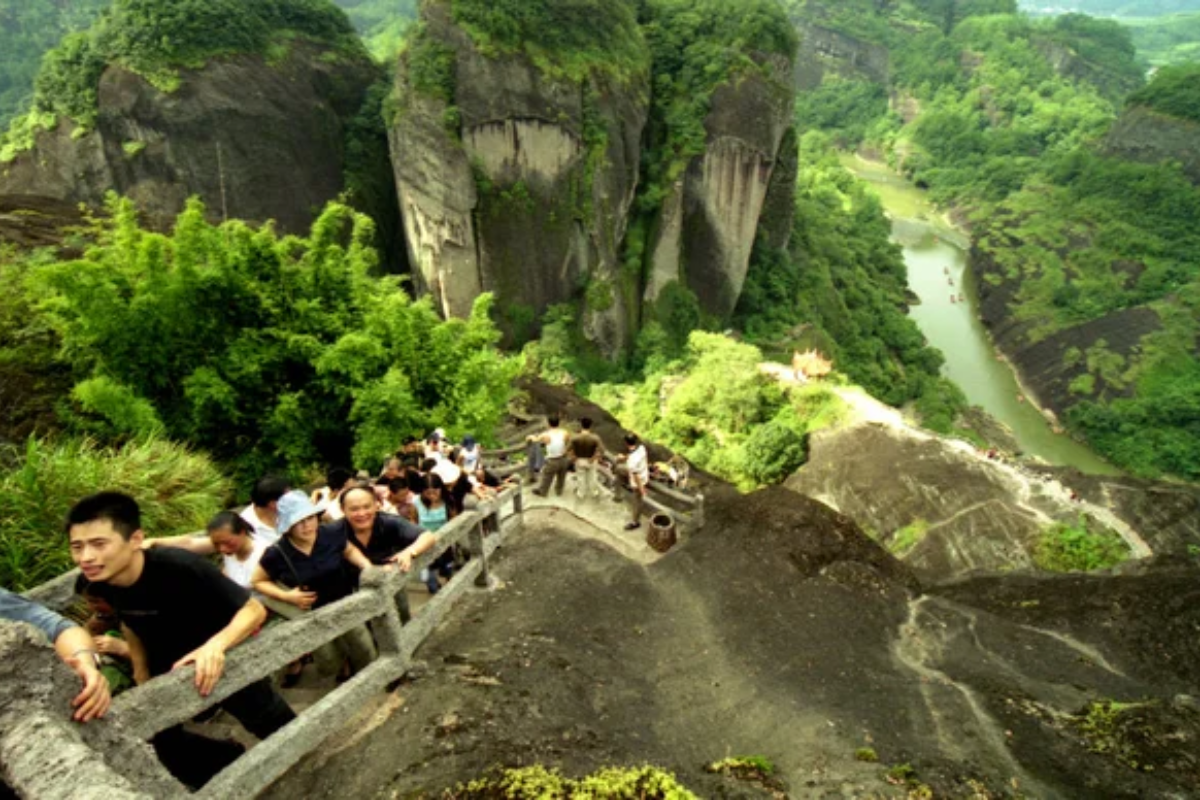
The ancient trails of Wuyishan in Fujian Province wind through a UNESCO World Heritage site known for its biodiversity and cultural significance. Hikers can explore paths alongside crystal-clear streams, past weathered sandstone formations, and through forests where the world-famous Da Hong Pao tea grows.
The area’s unique microclimate creates misty mornings that transform the mountains into a scene from a traditional Chinese painting.
Kanas Lake Region
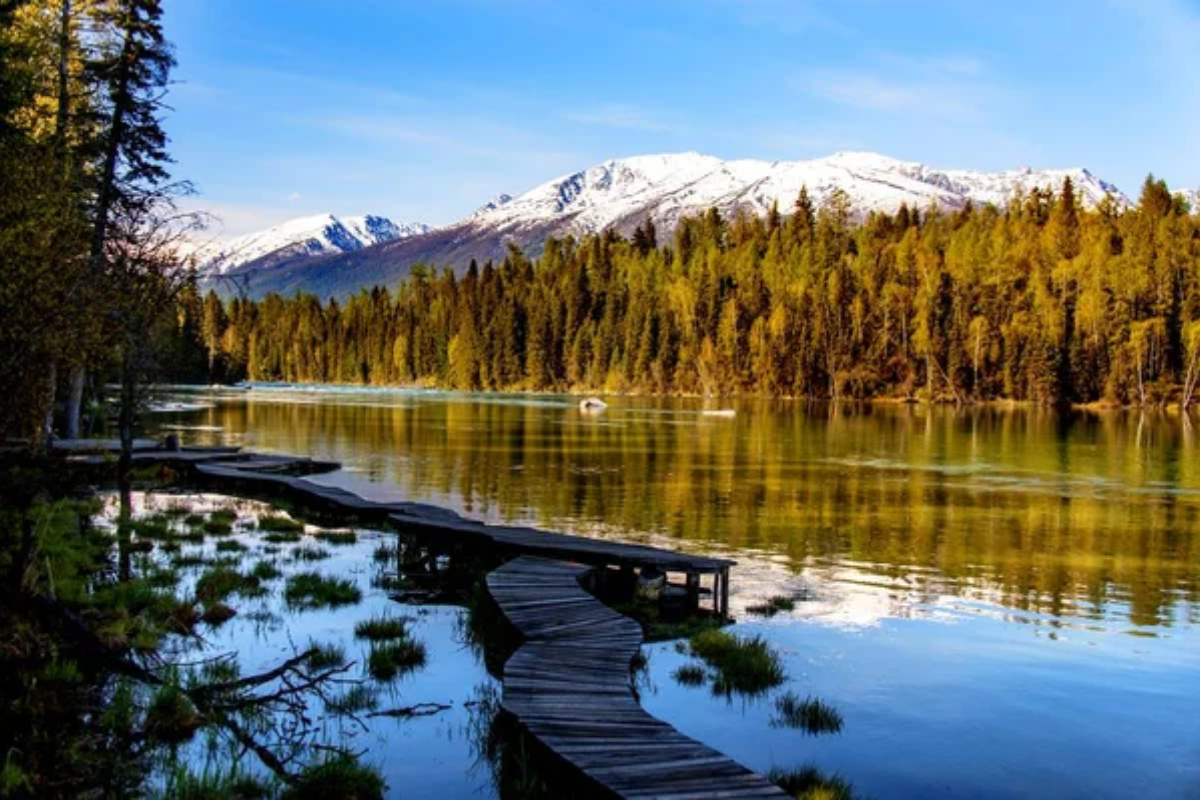
In the far northwestern corner of Xinjiang, the trails around Kanas Lake offer some of China’s most pristine wilderness experiences. The routes pass through Siberian forests and grasslands dotted with yurts and showcase views of the turquoise alpine lake.
Autumn transforms this region into a kaleidoscope of colors as the birch and pine forests change with the season, creating a photographer’s paradise far from China’s megacities.
Zhangjiajie Grand Canyon
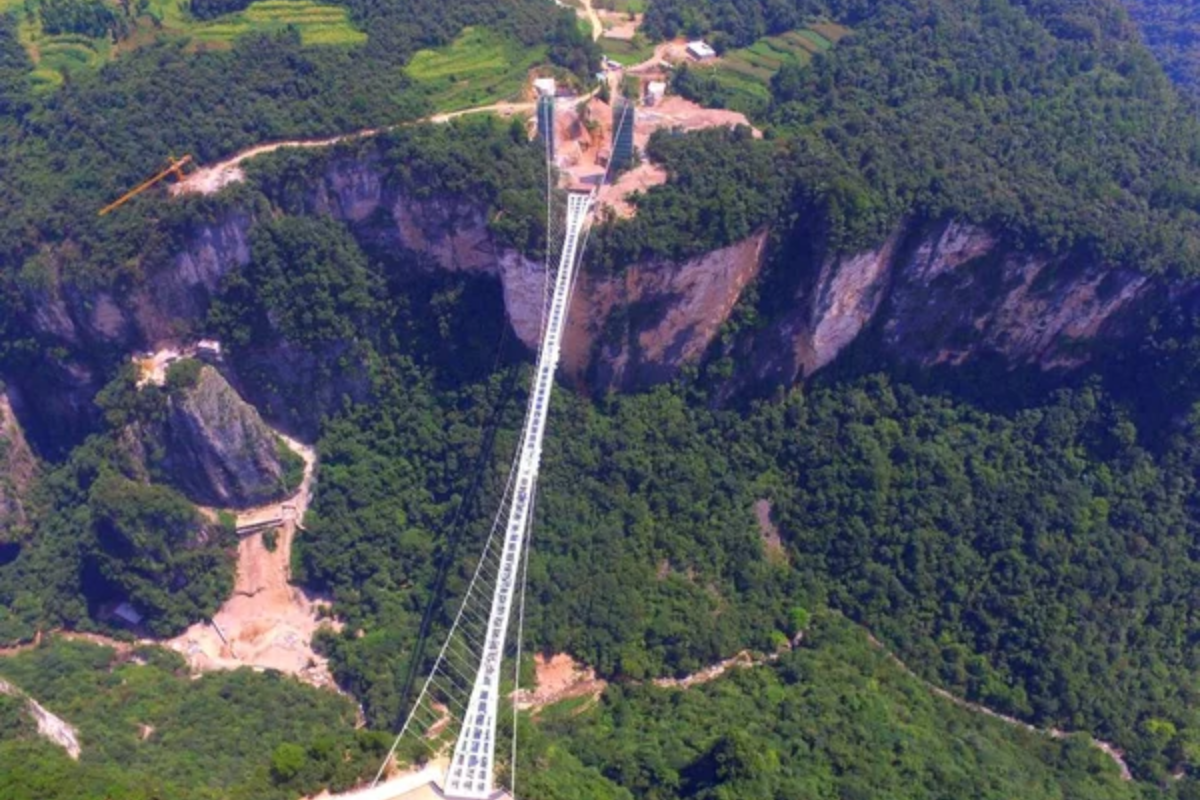
The hiking paths through Zhangjiajie’s sandstone pillars inspired the floating mountains in the film ‘Avatar, ‘ but less-visited trails lead into the grand canyon below. These routes follow wooden pathways that cling to cliff faces and cross glass bridges spanning deep ravines.
The microclimate within the canyon creates a misty, primeval atmosphere where rare plants thrive and waterfalls cascade into crystal pools perfect for a refreshing mid-hike swim.
Like Travel Pug’s content? Follow us on MSN.
Mount Huashan
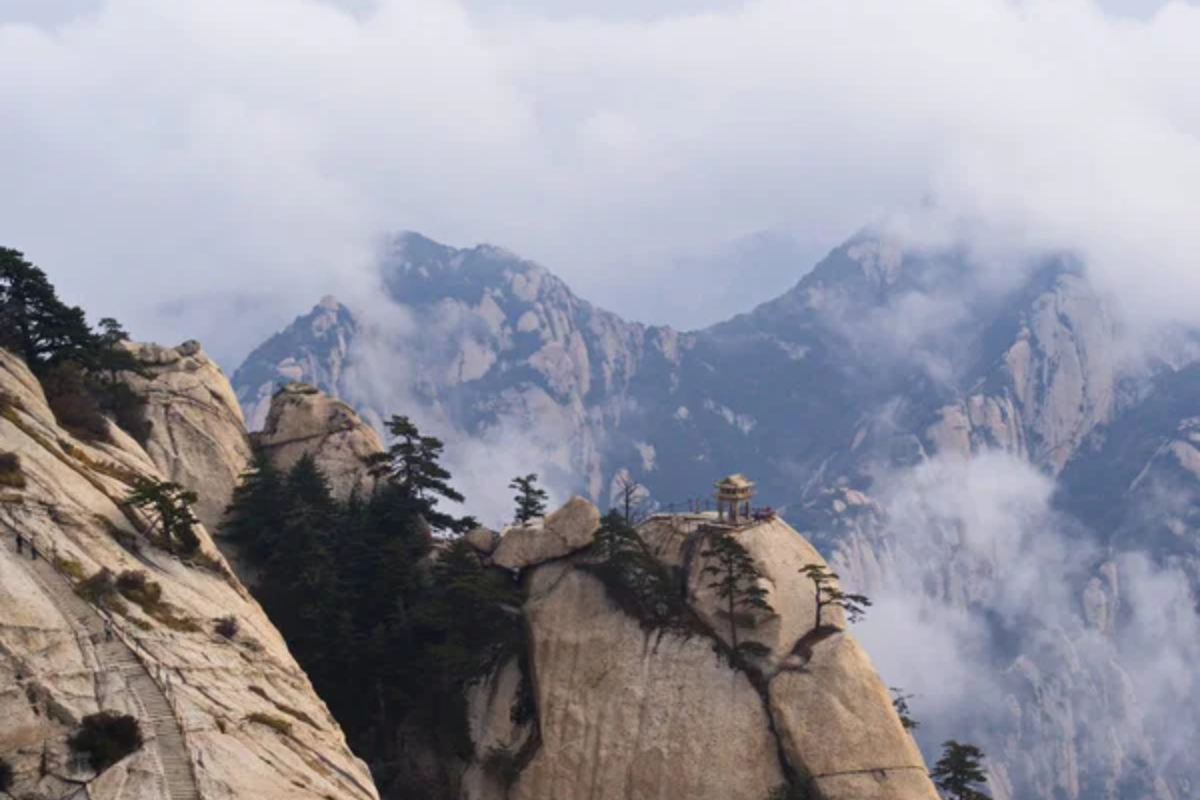
Known as one of China’s most dangerous hikes, Mount Huashan features narrow pathways carved into sheer cliff faces with breathtaking drops. The mountain has five main peaks, each offering different challenges and spectacular vistas surrounding Shaanxi Province.
Ancient Taoist temples perched precariously on the peaks provide quiet moments of contemplation for those brave enough to complete the ascent.
Yubeng Village Trails
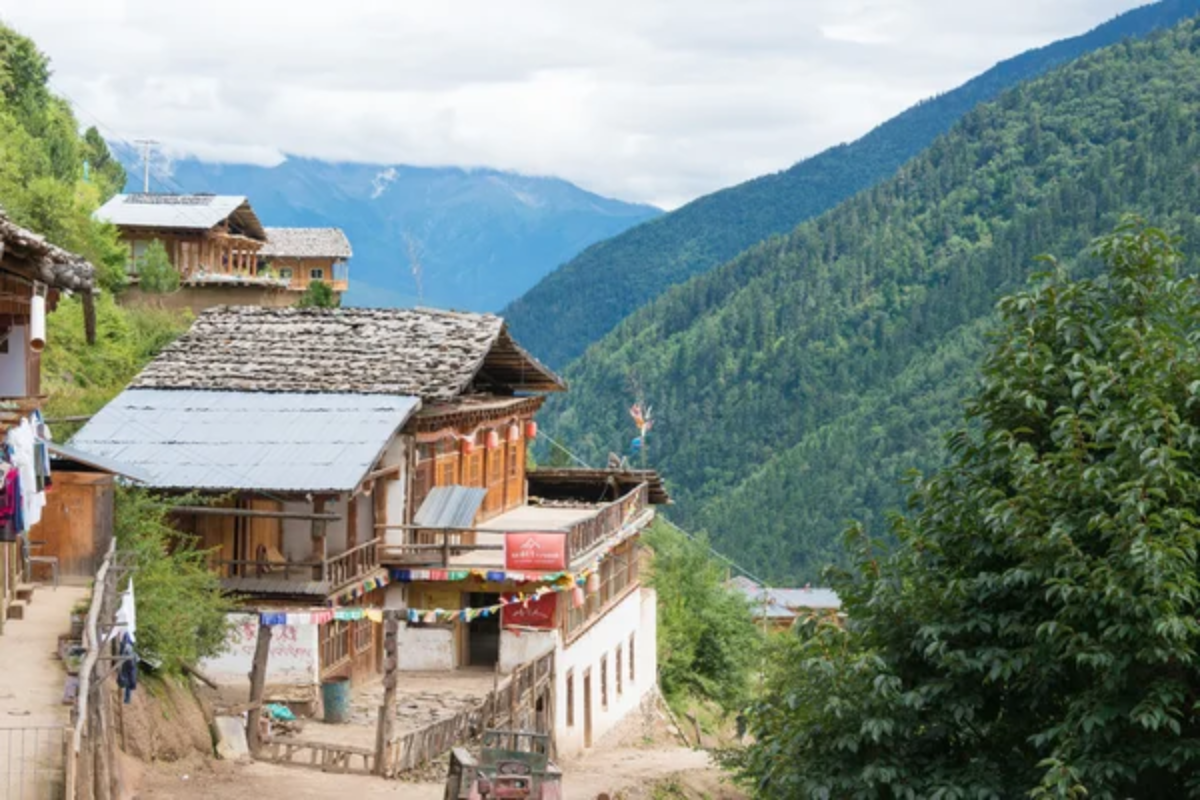
Hidden deep in Yunnan’s mountains near the Tibetan border, the remote village of Yubeng is accessible only by foot. The trails to and around this isolated settlement pass through dense forests and alpine meadows and offer views of sacred glaciers revered by local Tibetan Buddhists.
The two-day hike to the village serves as a perfect gateway to further explorations of hidden waterfalls and snow-capped peaks in this untouched corner of China.
Yellow Mountain

While Huangshan (Yellow Mountain) is famous, many travelers stick to the main scenic areas, missing the extensive network of less-traveled trails. These quieter paths wind through seas of clouds, stands of twisted pine trees, and hot springs that have inspired Chinese artists for centuries.
Staying overnight in mountain lodges allows hikers to experience the legendary sunrises without the daytime crowds that arrive by cable car.
Like Travel Pug’s content? Follow us on MSN.
Mount Siguniang
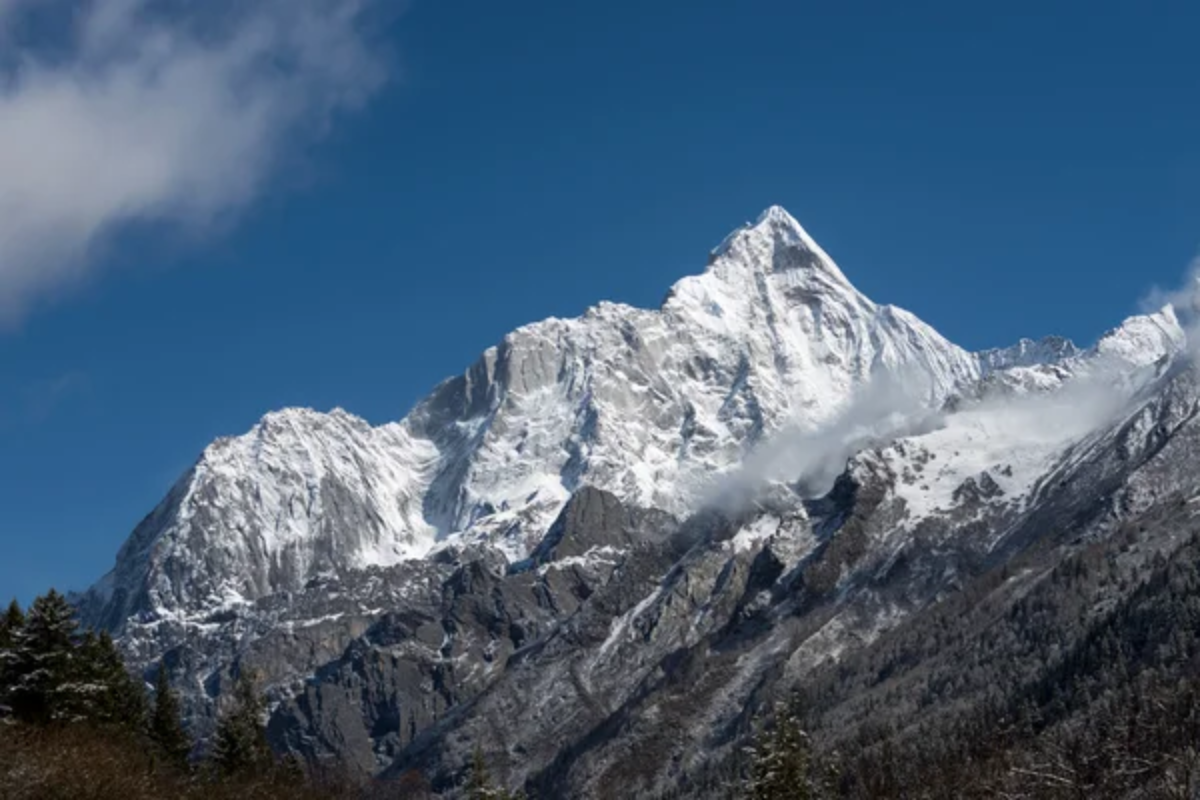
The ‘Four Sisters Mountain’ in western Sichuan features alpine trails that wind through pristine valleys and meadows filled with rare medicinal herbs. The area serves as an important wildlife corridor where lucky hikers might spot endangered species like the red panda or takin.
Multi-day treks lead to base camps beneath towering peaks that reach almost 20,000 feet, drawing serious mountaineers alongside casual hikers seeking spectacular scenery.
Danxia Landforms

The rainbow-colored mountains of Zhangye’s Danxia Landform Geological Park feature surreal striped patterns formed over millions of years. Hiking trails through this otherworldly landscape offer perspectives that are impossible to appreciate from the designated viewing platforms most tourists visit.
Early-morning hikes capture the changing colors as sunlight plays across the mineral-rich layers, creating a natural canvas of reds, yellows, blues, and greens.
Ancient Tea Horse Road

Sections of the historic Tea Horse Road that once connected Tibet and Yunnan now serve as excellent hiking routes through diverse terrain. These ancient trading paths pass through terraced tea plantations, cross dramatic rope bridges, and connect villages where traditional ways of life continue largely unchanged.
Following these routes offers insights into the commercial networks that shaped southwestern China’s cultures for centuries.
Like Travel Pug’s content? Follow us on MSN.
Nanling Mountains
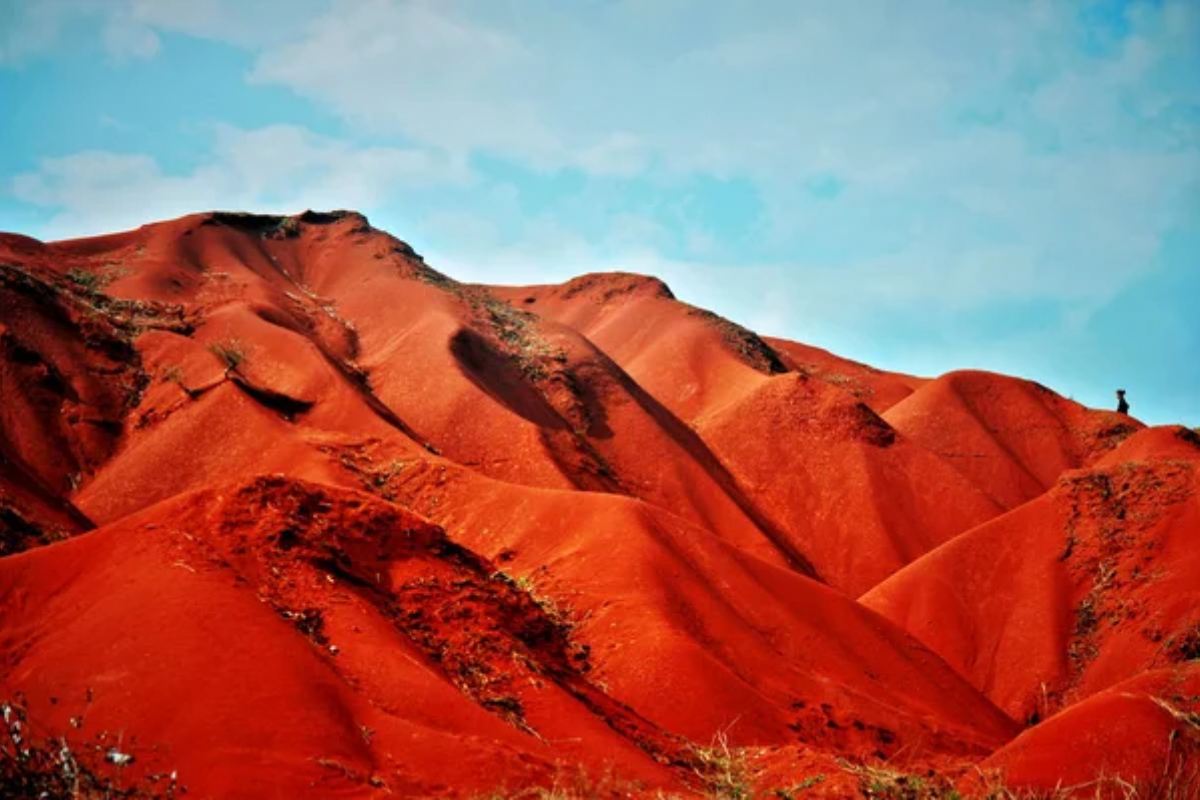
Stretching across five provinces, the Nanling mountain range offers hikes through subtropical forests teeming with biodiversity. The trails showcase stunning waterfalls, limestone caves, and valleys filled with bamboo forests where rare species thrive.
This region is an important climate boundary between northern and southern China, creating unique ecosystems that botanists and nature enthusiasts find fascinating.
Lugu Lake Trails

The paths surrounding Lugu Lake wind through the homeland of the matriarchal Mosuo culture on the border between Yunnan and Sichuan. Hiking these moderate trails provides stunning views from the crystal-clear lake to the snow-capped mountains.
Village-to-village routes allow travelers to experience traditional hospitality while passing through pine forests and meadows filled with alpine wildflowers rarely seen elsewhere in China.
Guizhou Karst Forests
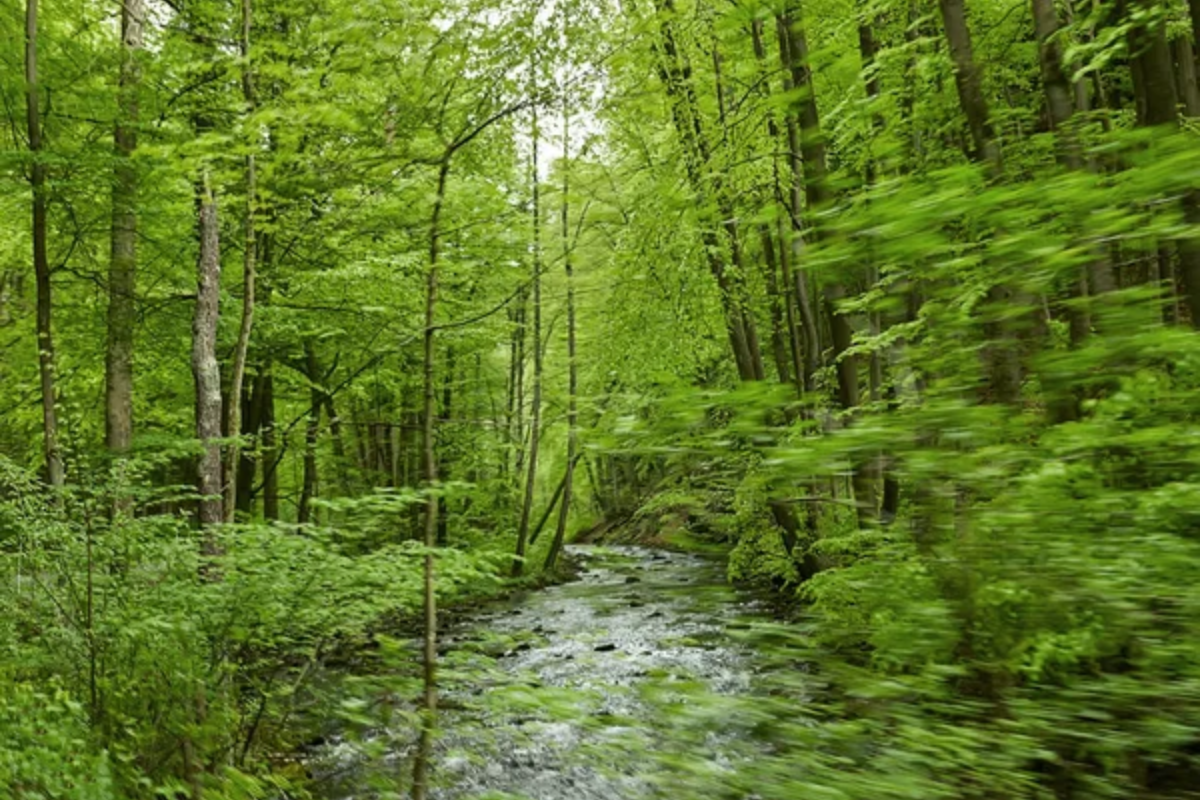
The remote hiking routes through Guizhou’s karst landscapes connect villages of minority peoples like the Miao and Dong. These trails wind through terraced rice fields, limestone formations, and forests where traditional paper is still made from local trees.
The region’s relative isolation has preserved natural environments and cultural practices that have disappeared from more developed parts of China.
Like Travel Pug’s content? Follow us on MSN.
Mount Kailash Pilgrimage Circuit
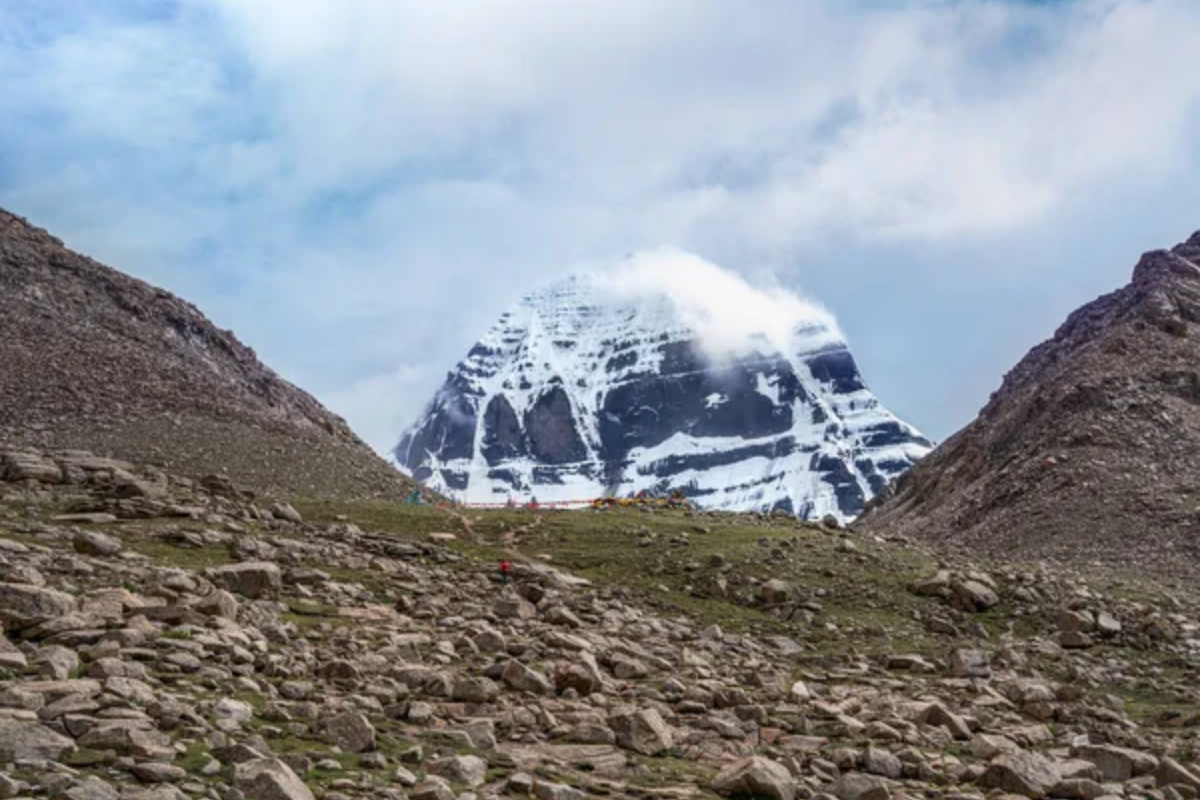
While technically in Tibet, this sacred mountain offers one of Asia’s most significant pilgrimage routes. The 32-mile kora (circumambulation path) passes through high-altitude landscapes of stark beauty and profound spiritual significance.
Buddhist, Hindu, Jain, and Bon pilgrims believe that completing the circuit cleanses the soul of sins, making this not just a hike but a deeply meaningful spiritual journey.
Changshou Mountain

Located in Guangxi Province, Changshou Mountain’s trails pass through forests that are said to contain herbs that contribute to residents’ legendary longevity. The moderate paths wind through bamboo groves, past ancient temples, and alongside crystal-clear streams teeming with fish.
Small villages along the routes offer glimpses into rural life and traditional agricultural practices that have sustained communities for generations.
Chaoyang Valley

Hidden in the mountains of northern Guangdong, Chaoyang Valley features trails through pristine forests largely unknown to international travelers. The paths follow rivers filled with natural swimming areas and showcase unusual granite formations shaped by centuries of wind and water.
Local guides can point out edible plants and mushrooms harvested sustainably by neighboring villages for countless generations.
Like Travel Pug’s content? Follow us on MSN.
Mount Lao
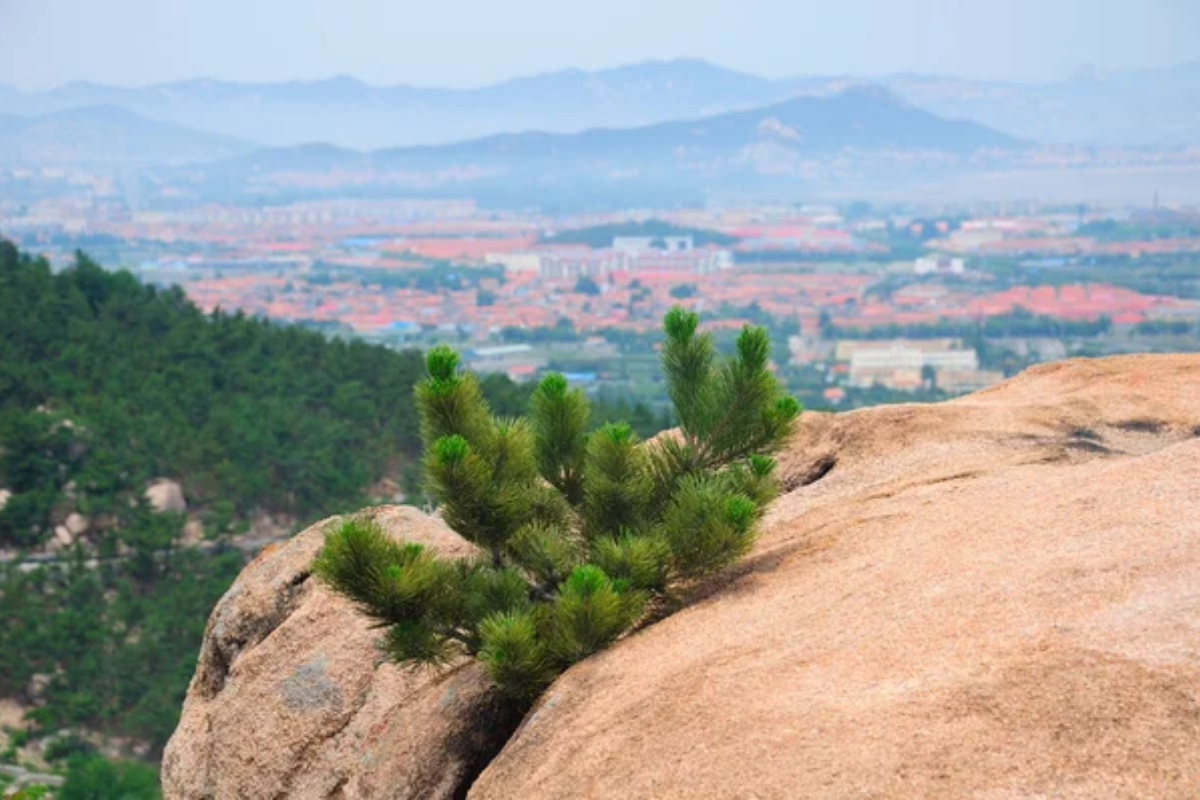
Rising above the coastline near Qingdao, Mount Lao combines maritime views with sacred Taoist sites dating back over two thousand years. The well-maintained trails pass through forests of ancient trees, mineral springs said to promote longevity, and stone temples where Taoist priests still practice traditional ceremonies.
The mountain’s microclimate creates ideal conditions for unique plant species used in traditional medicine for centuries.
Mount Emei
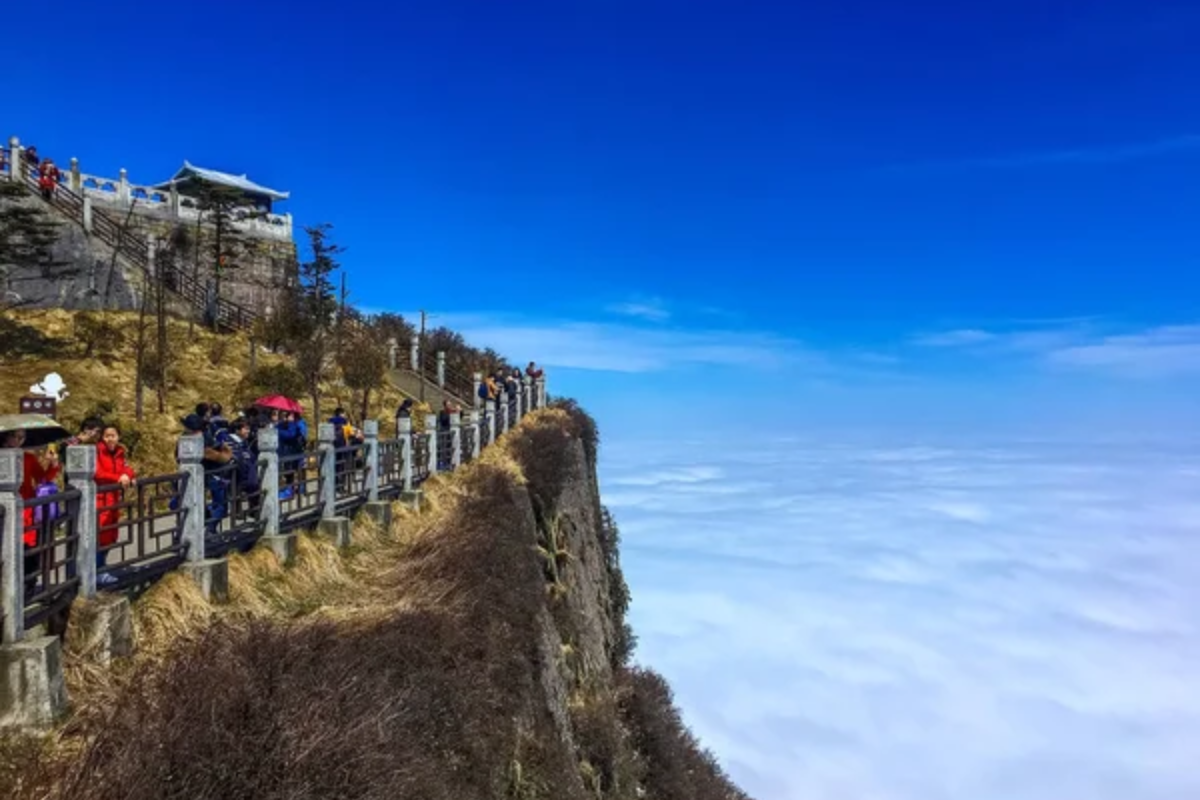
While Mount Emei is well-known as a Buddhist sacred mountain, most visitors only see a small portion near the summit. The extensive network of lower trails passes through diverse ecosystems ranging from subtropical forests to alpine meadows.
Hikers on these paths encounter fewer tourists but more wildlife, including the curious Tibetan macaques that have adapted to living alongside the ancient temples scattered throughout the mountain.
Altai Mountains
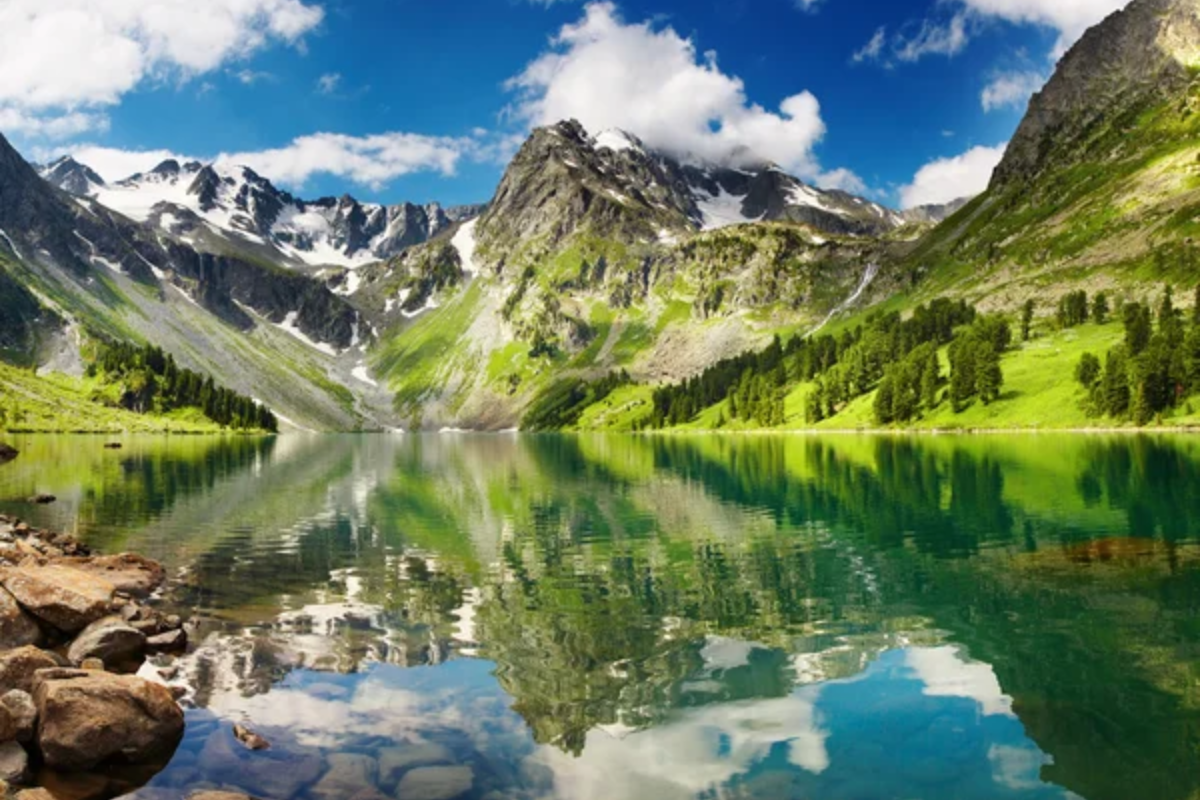
In China’s far northwest, the Altai Mountain trails cross landscapes where Chinese, Mongolian, Russian, and Kazakh cultures blend. These routes pass through grasslands dotted with alpine lakes, forests of Siberian larch, and valleys where semi-nomadic herders still follow traditional seasonal migrations.
The region offers opportunities to observe wildlife, including argali sheep, snow leopards, and golden eagles against backdrops of snow-capped peaks.
Like Travel Pug’s content? Follow us on MSN.
Beyond the Beaten Path

China’s diverse landscapes contain thousands of years of human history interwoven with natural wonders that remain largely undiscovered by international travelers. These trails represent just a small fraction of the hiking opportunities available across this vast country.
The growing network of national parks and improved infrastructure make these once-remote areas increasingly accessible, while conservation efforts help preserve their unique characteristics for future generations.
More from Travel Pug

- 20 Towns Built for One Purpose That Were Later Abandoned
- 15 Hidden Spots in Disney World’s Magic Kingdom Most Visitors Miss
- 20 Once-Popular Beach Towns That Are Now Ghostly Empty
- 15 Canyons in the U.S. That Are Just as Stunning as the Grand Canyon
- 10 Under-the-Radar Mountain Towns That Are Both Affordable and Beautiful
Like Travel Pug’s content? Follow us on MSN.
